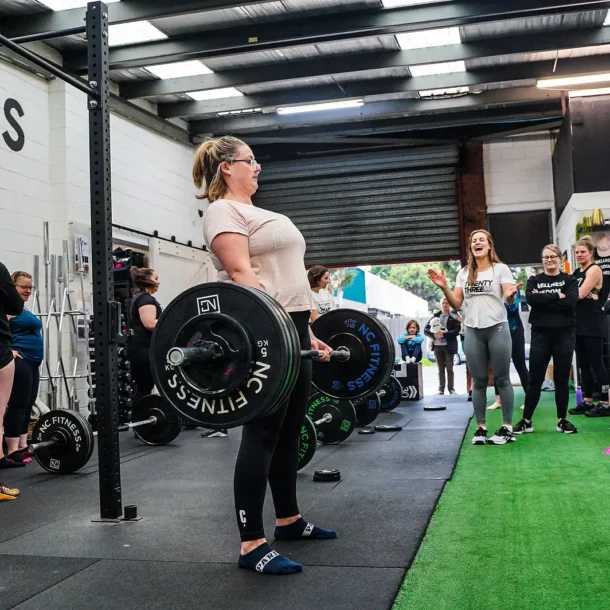
Common aches and pains like tight traps, tight hip flexors or hamstrings can really effect daily life! But thankfully these common issues can be addressed by incorporating a regular stretching routine.
There are so many glorious benefits of flexibility training!
During pregnancy your ligaments become looser to prepare your body for birth. As you enter the later stages of pregnancy it is important to control the range of movement you put your body through so that you stay safe and injury free. An active warm up and gentle stretching post workout is fantastic but now is not the time to put flexibility as your top goal.
We are very good at ignoring little niggles and twinges but we shouldn’t be! When something feels out of place or significantly tighter or more painful than other areas, you should prioritise getting a diagnosis so that you do not exacerbate the issue. Once you have a diagnosis you can implement any rehab exercises into your workout routine and then re-introduce frequent stretching to help protect from further injury.
You have probably heard there are a few different ways to increase you mobility, flexibility and range of movement.
Let’s first start with the importance of blood flow and getting the muscles ‘warm’.
Have you heard the rubber band analogy? Place a rubber band in the freezer overnight and then try and stretch it. It snaps! Now consider your muscles. You come into the gym straight from bed or from sitting at work all day and if you don’t give your muscles enough time to warm and loosen before trying to stretch them, you are far more likely to injure yourself.
Before training, it is a good idea to start with dynamic mobility drills. These movements are designed to prepare your body for lifting by loosening the ligaments, tenders and muscles around a joint. Often we use yoga flows, leg swings, hip openers or shoulder dislocates. All of these are examples of dynamic stretching. Dynamic stretches can be used to mobilize specific joints, general warming up or to prepare the body for specific lifts or movements e.g. deadlifts, throwing or kicking a ball.
Proprioceptive neuromuscular facilitation (PNF) stretch is a bit of fun. It is a more advanced form of form of flexibility training that involves three muscle actions; hold-relax, hold-contract and hold- relax with agonist contraction. It is common to come across this type of stretching in clinical rehabilitation, but if you have a gym buddy or partner, it can be done at home too. This technique involved both passive movements and active (concentric and isometric) muscle actions.
This is best used post workout as a cool down and part of an active recovery. Static stretching involves holding one position for between 30 seconds to 3 minutes at the end of its range of movement.This allows your muscles to loosen up after being put under stress during a workout, encourage it to return to a longer resting length and your overall range of movement. Static stretching promotes an increase in blood flow which helps our muscles recover after a workout and may decreases the level of muscle soreness you experience. Studies also indicate that static stretching before weight training could have a detrimental effect on the power or strength output of the muscles.
Getting your splits is a common goal. If this is something you are striving towards then follow this simple stretching routine that will get your lower and lower in no time.
If you need help with your weekly stretching routine during lockdown, be sure to join Asha’s 5:30pm Wednesday stretch session. This class can be accessed on our $29 per week unlimited ISO Squad Pass.

Ange Drake is an personal trainer, women’s empowerment coach and fitness blogger in the northern suburbs of Melbourne. She is the director of one of the few womens’ only strength training gyms in Melbourne, 23W. Ange helps women to learn how to use strength based training, nutritional strategies and a positive mindset to transform their bodies, relationship with food and mind.
Can’t decide which of our packages is best suited for you? Take our questionnaire to help you decide!





